Gaucher Disease Treatment Guidelines
Gaucher disease treatment guidelines. These guidelines are produced by specialists who have long lasting experience with patients with rare metabolic diseases working in the Division of Metabolic Diseases Department of Internal Medicine University Hospital Center Zagreb which is the. Gaucher disease GD ORPHA355 is a rare autosomal recessive genetic disorder. The purpose of this Collaborative Approach document is to increase - the chances of rapid and smooth.
For those who are not receiving therapy laboratory studies including hemoglobin levels platelet counts and biochemical markers and a thorough physical examination should be performed at least once a year while visceral and skeletal evaluations should be completed every 1224 months. Enzyme replacement therapy ERT. Pre-symptomatic children usually with type 1 Gaucher increasingly are being detected because of affected siblings and screening in high-prevalence communities.
The dose of eliglustat is determined by establishing the patients. These guidelines were developed through consensus by the Lysosomal Storage Disorder Medical Advisory Board. To obtain an evidence-based consensus on contemporary therapeutic goals an international panel of physicians with extensive clinical experience in Gaucher disease met to review the extant literature on its treatment.
Initial assessment monitoring and clinical course THERAPEUTIC GOALS The basic goals of treatment are elimination or improvement of symptoms prevention of irreversible complications and improvement in the overall health and quality of life 6-9. Pathogenesis clinical manifestations and diagnosis and Gaucher disease. A strategic collaborative approach from EMA and FDA EMA444102014 Page 39 Executive summary The emergence of many candidate products for the treatment of Gaucher disease is positive and challenging at the same time.
The aim of this document is to provide to the Croatian medical audience the guidelines for diagnosis and management of adult patients with Gaucher disease. All healthcare professionals involved in the diagnosis and management of Gaucher disease should take note of and implement these guidelines in clinical practice as far as possible. Attain normal or ideal peak skeletal mass in children Source.
Thus implementation of treatment and evaluation of the therapeutic response must be tailored to the individual patient. 2004 Normalize growth such that the height of the patient is in line with target height based upon population standards and parental height within 2 years of treatment Adapted. Pediatrics 12211821190PubMed Article Google Scholar 2Ashkenazi A Zaizov R Matoth Y 1986 Effect of splenectomy on destructive bone changes in children with.
It is caused by a deficiency of the lysosomal enzyme glucocerebrosidase which leads to an accumulation of its substrate glucosylceramide in macrophages. Gaucher disease is a genetic disorder resulting in the malfunction or absence of the enzyme glucocerebrosidase.
Initial assessment monitoring and clinical course THERAPEUTIC GOALS The basic goals of treatment are elimination or improvement of symptoms prevention of irreversible complications and improvement in the overall health and quality of life 6-9.
Eliglustat was approved in August 2014 as first-line treatment for the long-term treatment of adults with Gaucher disease type 1. For those who are not receiving therapy laboratory studies including hemoglobin levels platelet counts and biochemical markers and a thorough physical examination should be performed at least once a year while visceral and skeletal evaluations should be completed every 1224 months. In addition to ERT and SRT which address enzyme deficiency and glucocerebroside accumulation you may need other treatments for symptoms and complications of Gaucher disease. 2004 Normalize growth such that the height of the patient is in line with target height based upon population standards and parental height within 2 years of treatment Adapted. Initial assessment monitoring and clinical course THERAPEUTIC GOALS The basic goals of treatment are elimination or improvement of symptoms prevention of irreversible complications and improvement in the overall health and quality of life 6-9. The aim of this document is to provide to the Croatian medical audience the guidelines for diagnosis and management of adult patients with Gaucher disease. There are two types of Gaucher disease treatments currently available. Patients Not on Therapy. Enzyme replacement therapy ERT and substrate reduction therapy SRT.
Initial assessment monitoring and clinical course THERAPEUTIC GOALS The basic goals of treatment are elimination or improvement of symptoms prevention of irreversible complications and improvement in the overall health and quality of life 6-9. The aim of this document is to provide to the Croatian medical audience the guidelines for diagnosis and management of adult patients with Gaucher disease. A strategic collaborative approach from EMA and FDA EMA444102014 Page 39 Executive summary The emergence of many candidate products for the treatment of Gaucher disease is positive and challenging at the same time. To obtain an evidence-based consensus on contemporary therapeutic goals an international panel of physicians with extensive clinical experience in Gaucher disease met to review the extant literature on its treatment. Pre-symptomatic children usually with type 1 Gaucher increasingly are being detected because of affected siblings and screening in high-prevalence communities. Pediatrics 12211821190PubMed Article Google Scholar 2Ashkenazi A Zaizov R Matoth Y 1986 Effect of splenectomy on destructive bone changes in children with. Gaucher disease is a genetic disorder resulting in the malfunction or absence of the enzyme glucocerebrosidase.

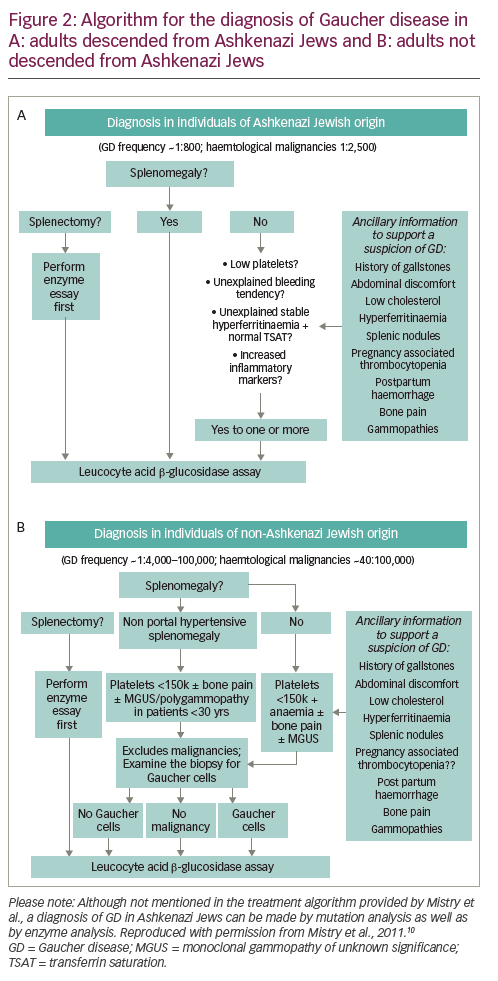
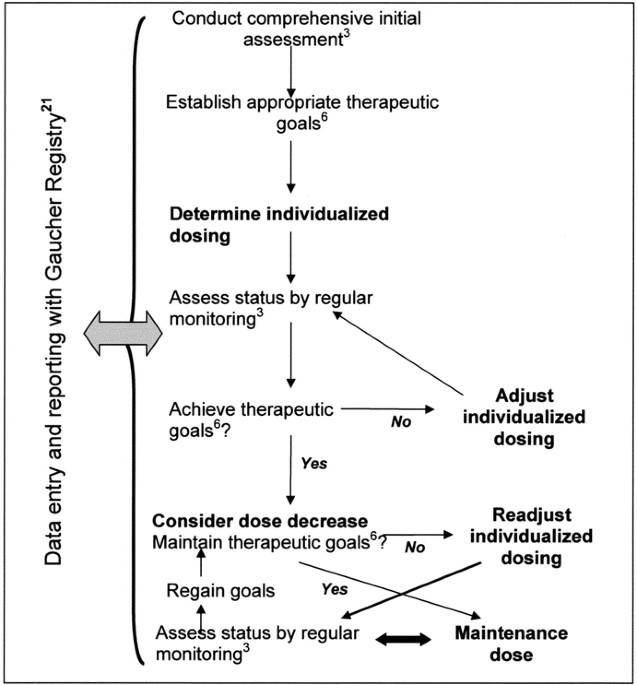

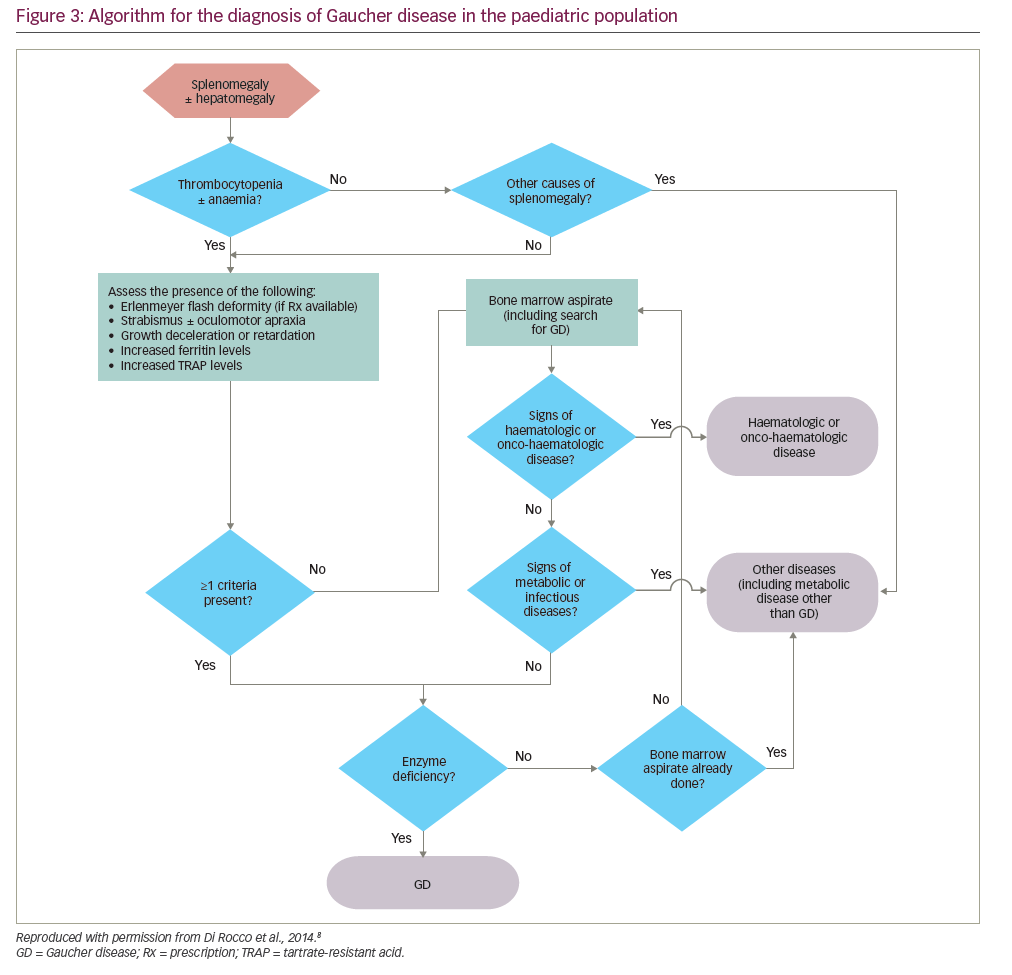







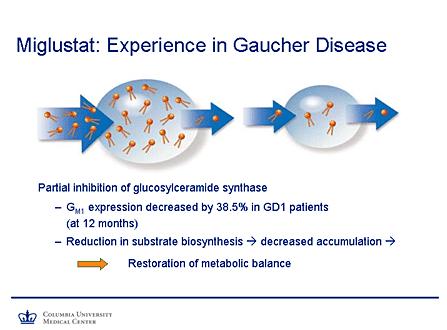
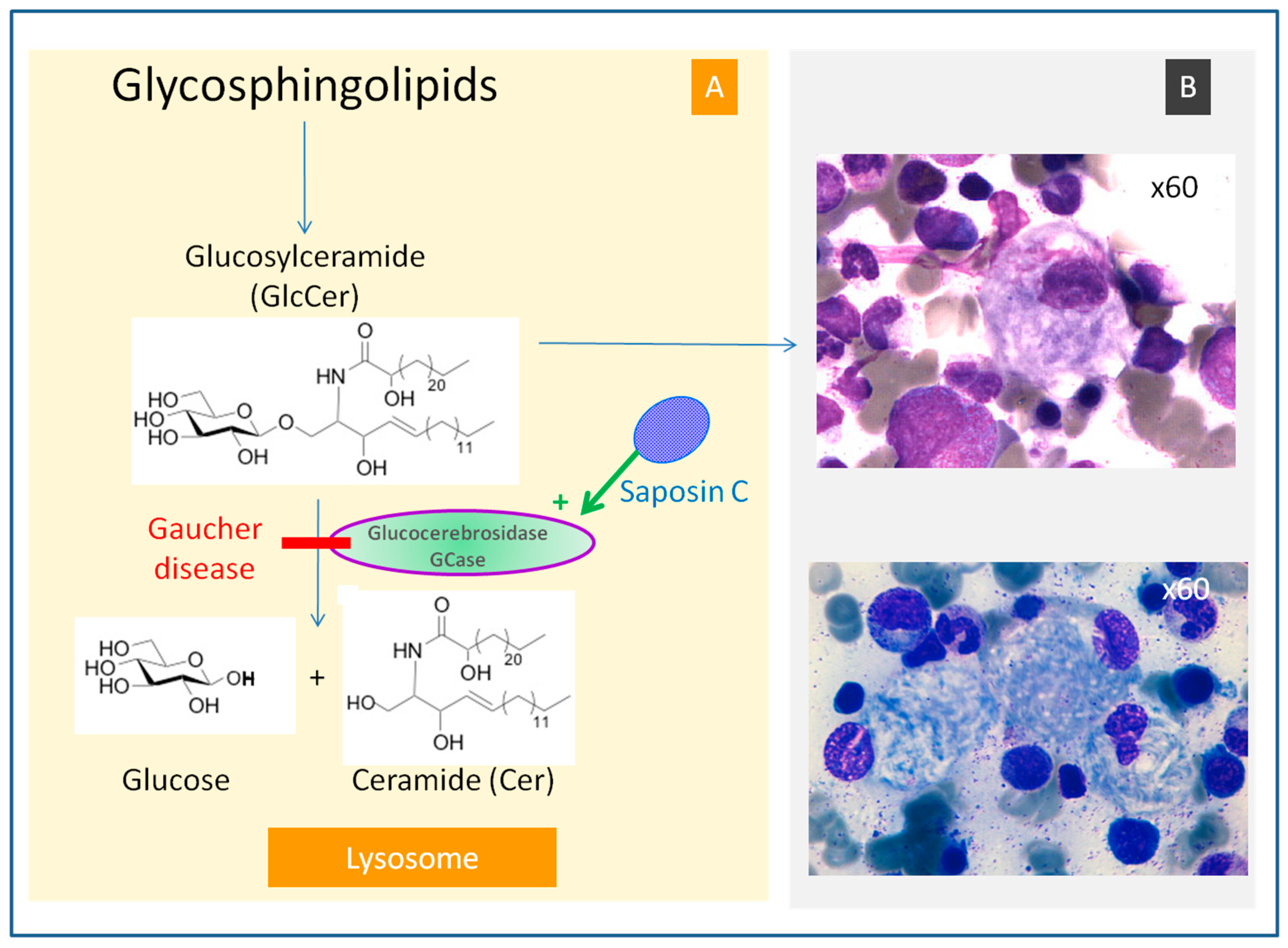





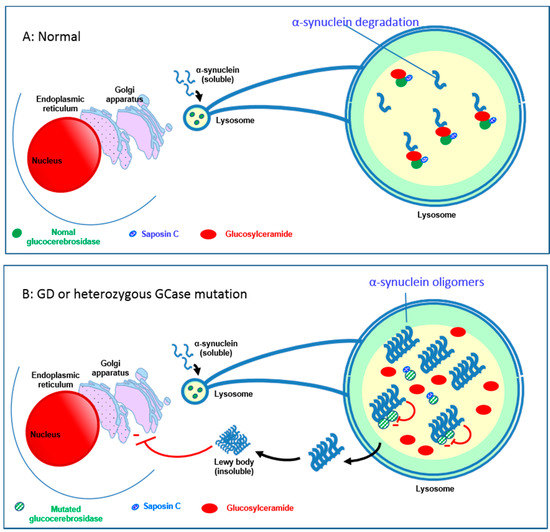
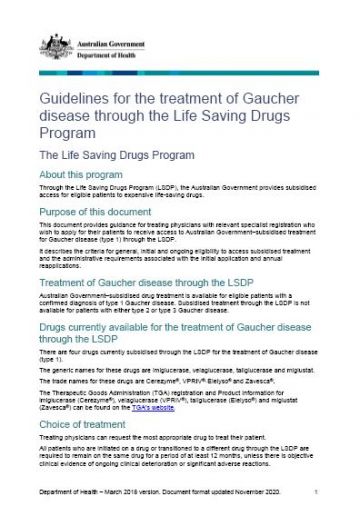


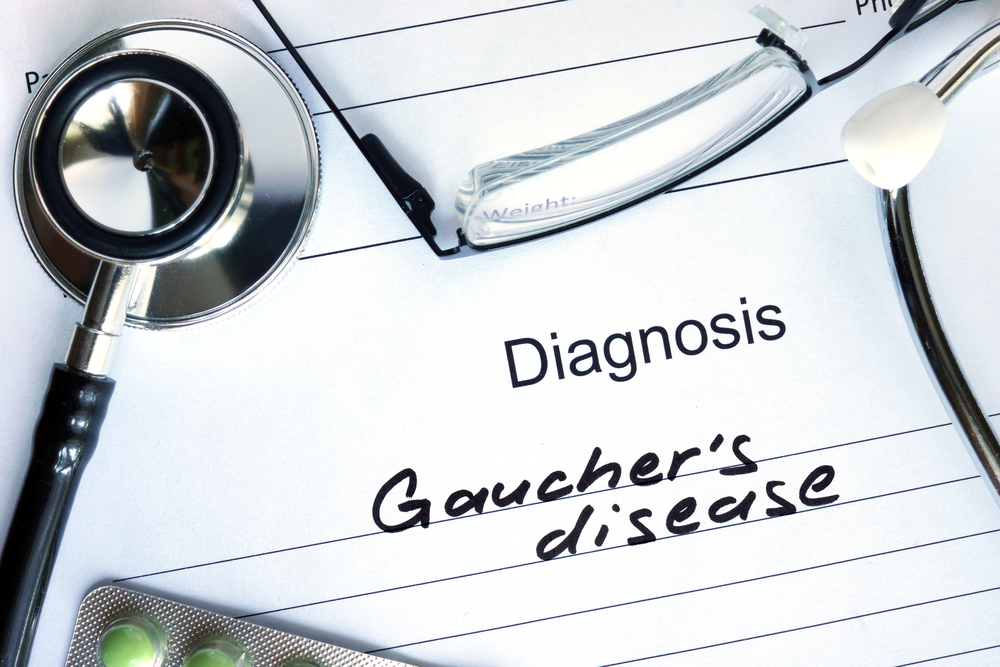

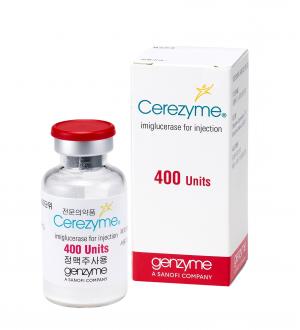
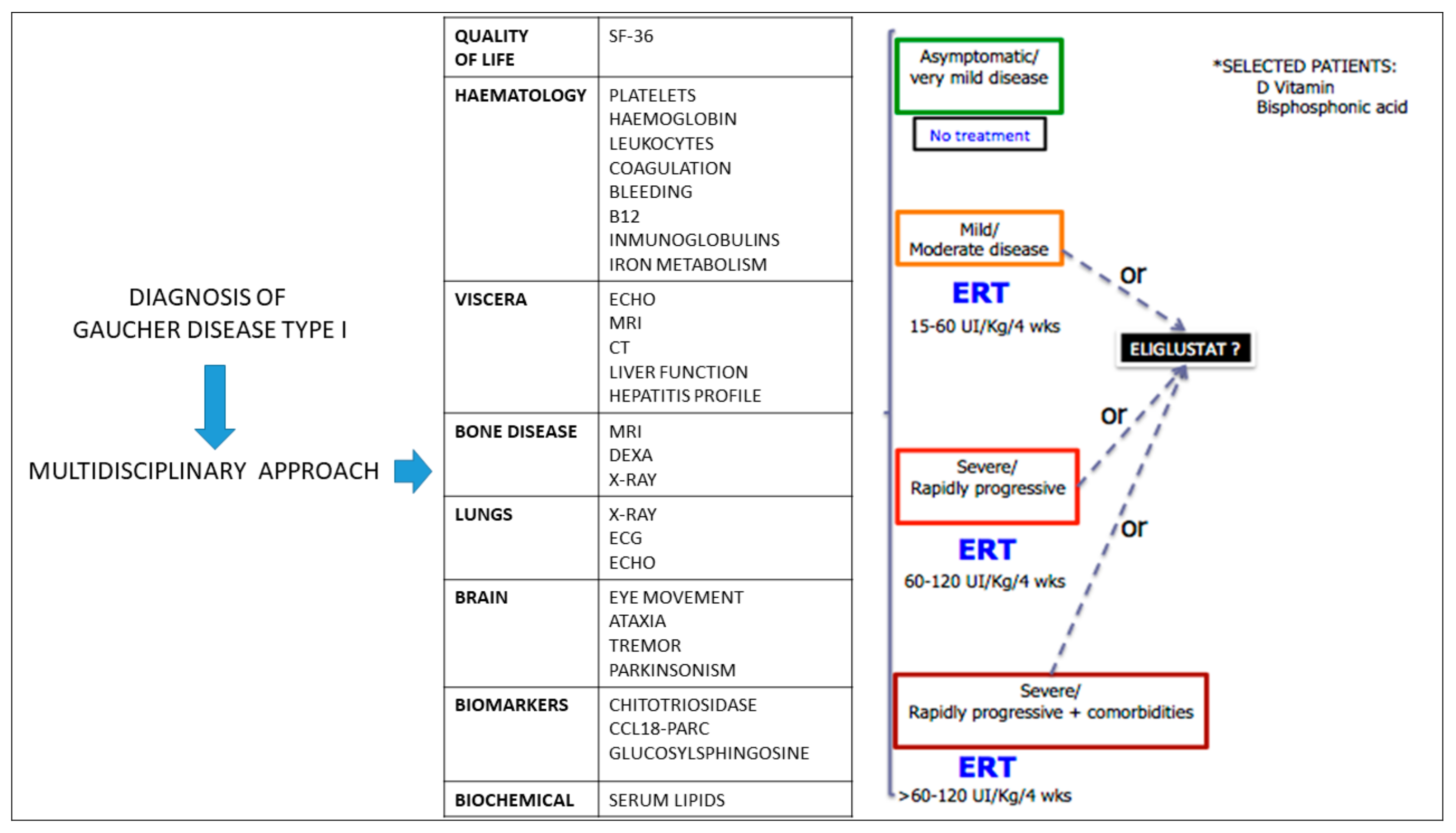

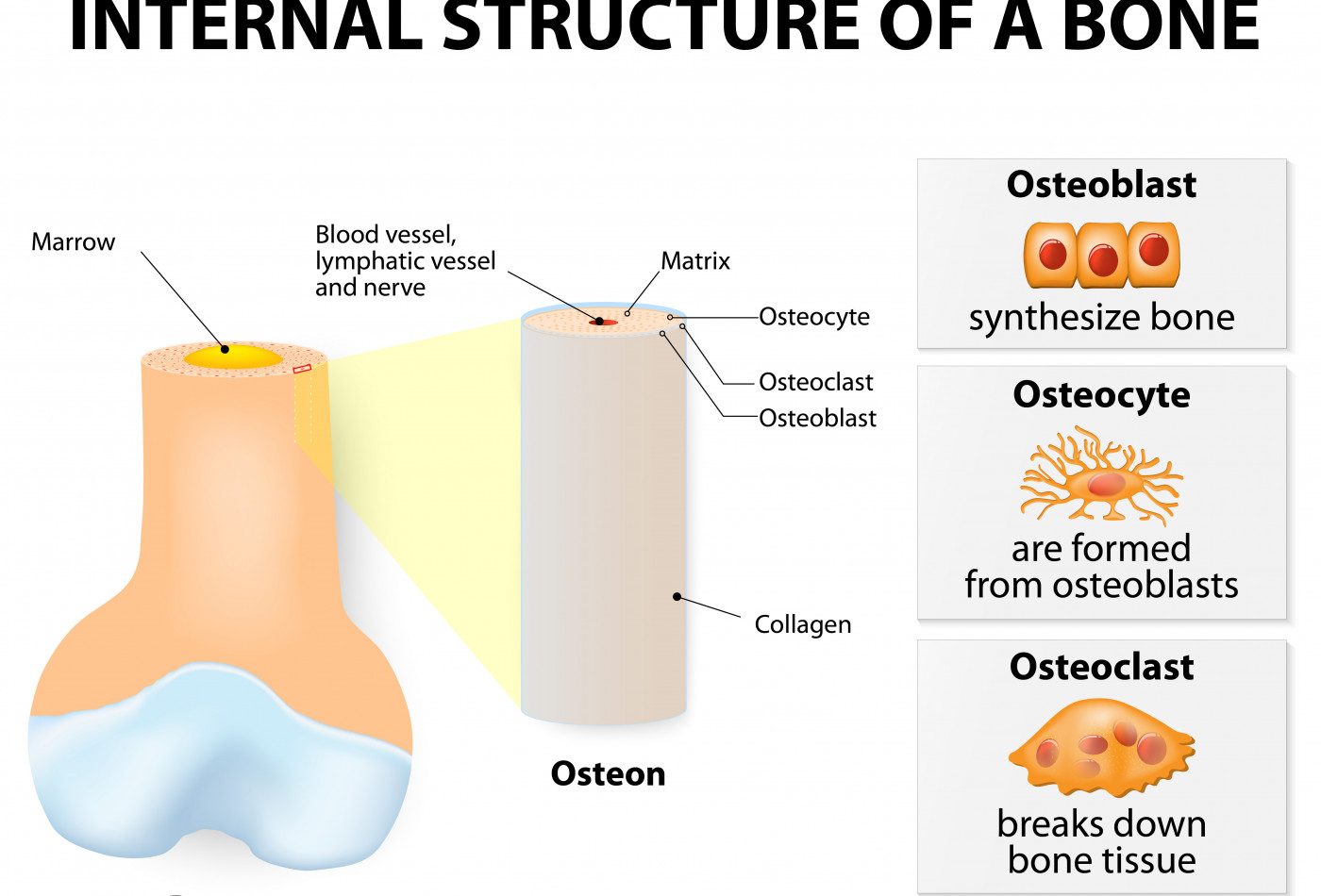
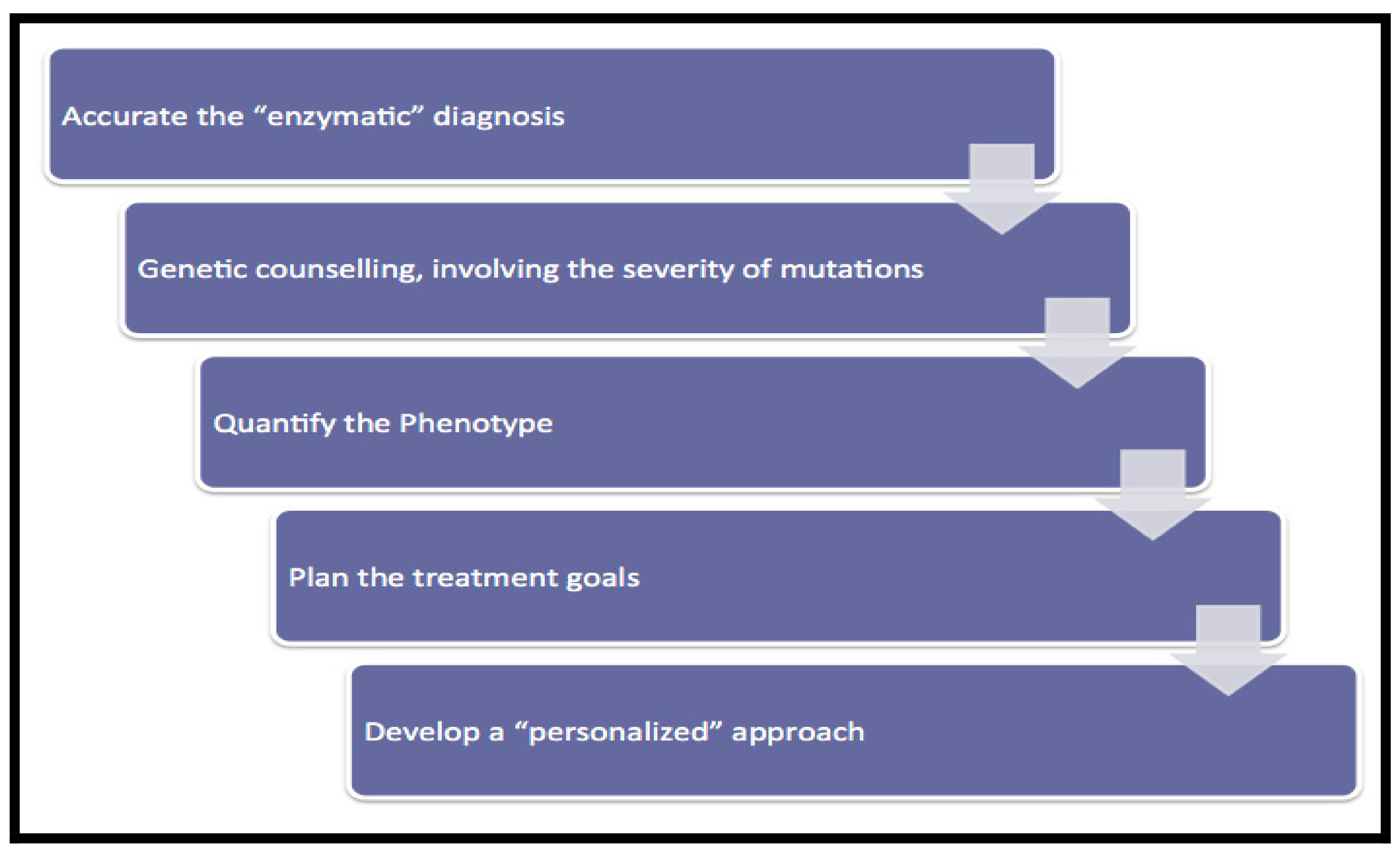
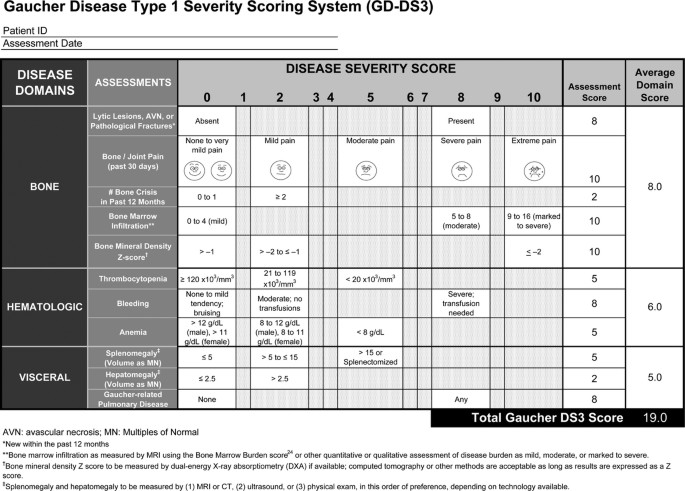
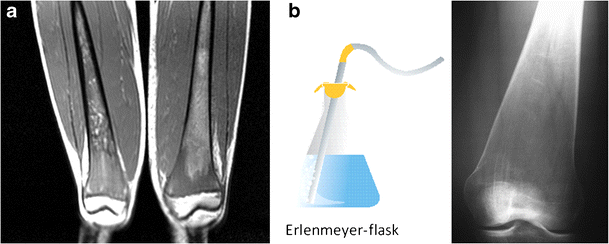




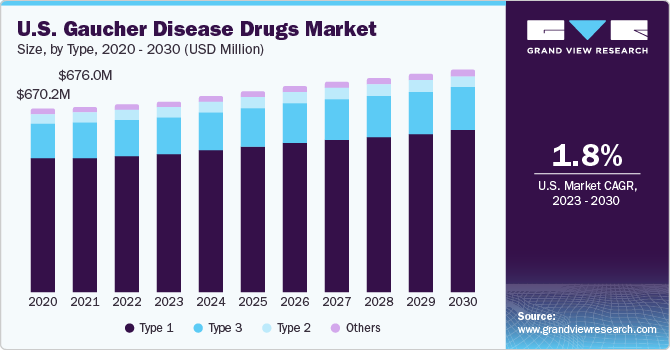


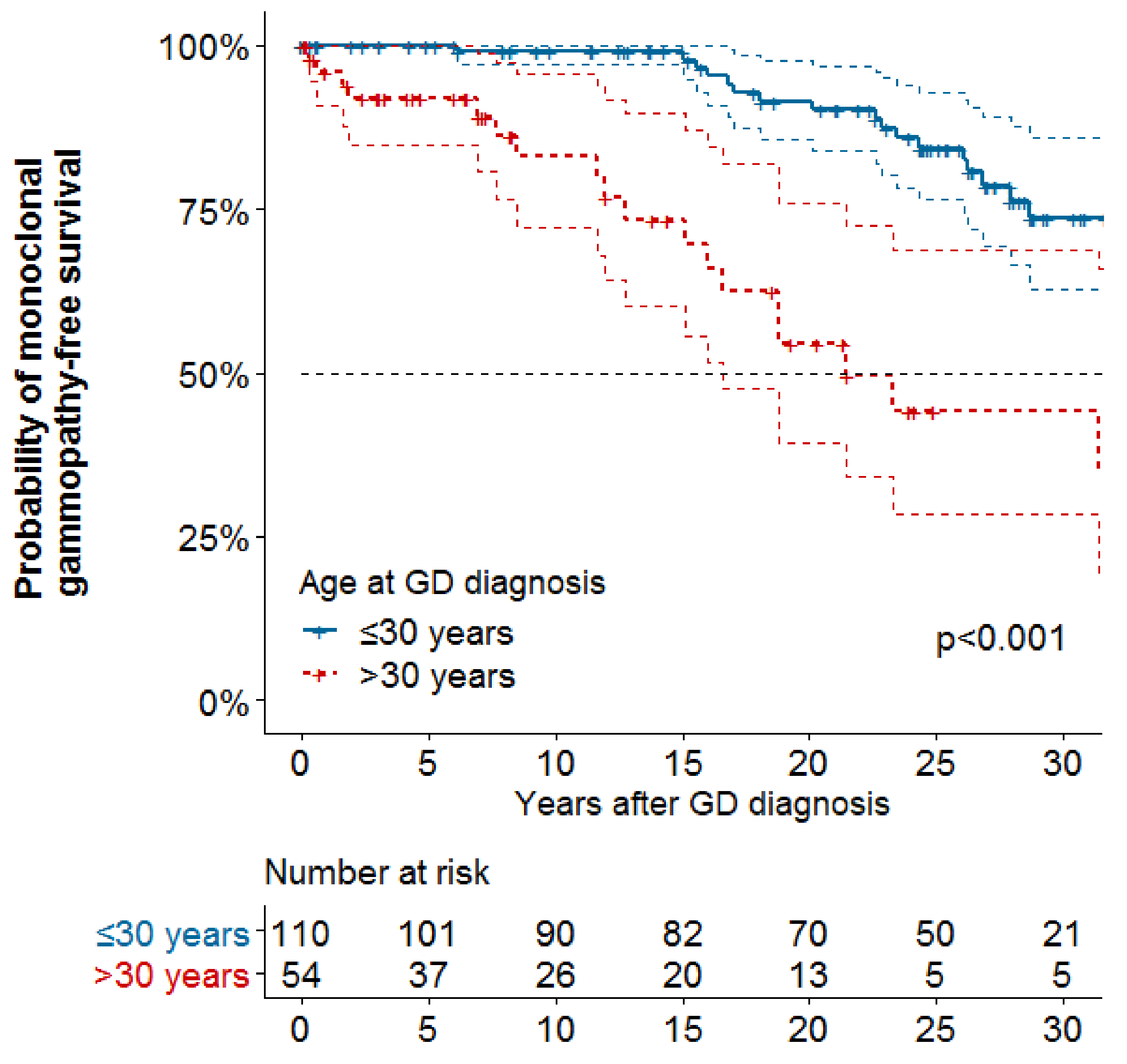


Posting Komentar untuk "Gaucher Disease Treatment Guidelines"